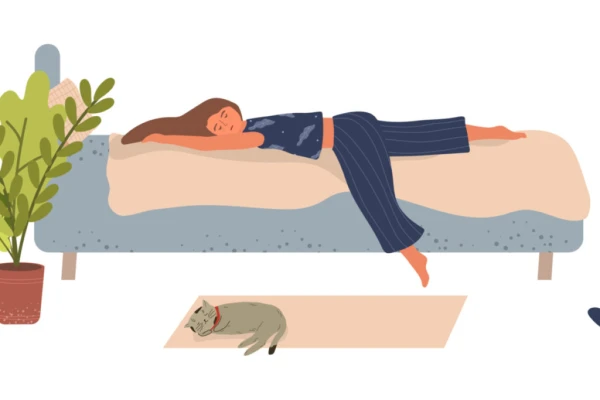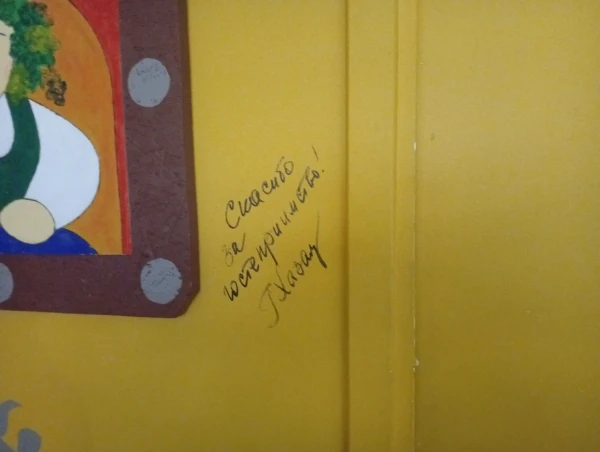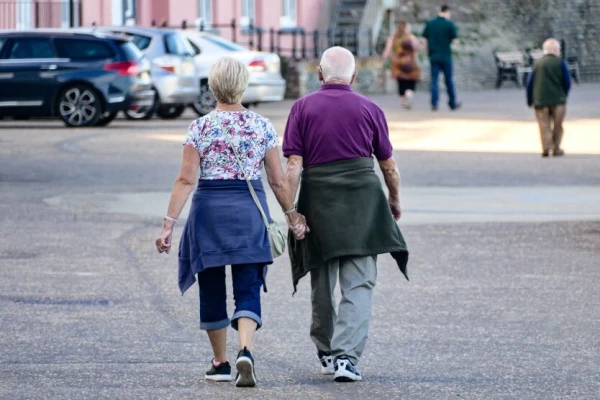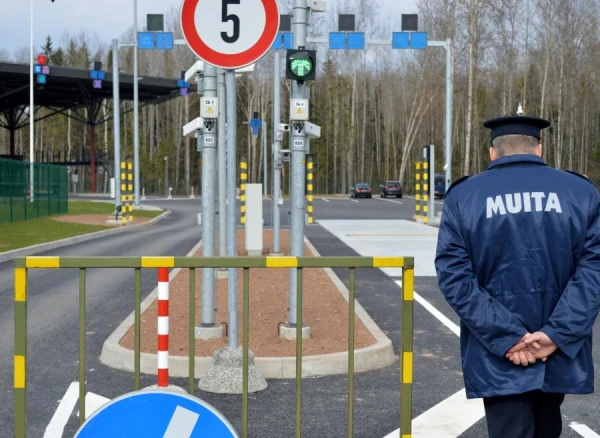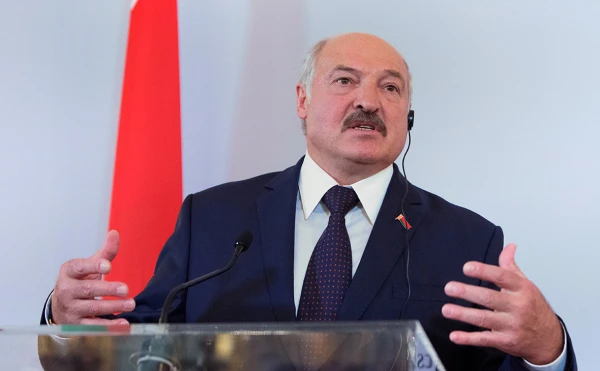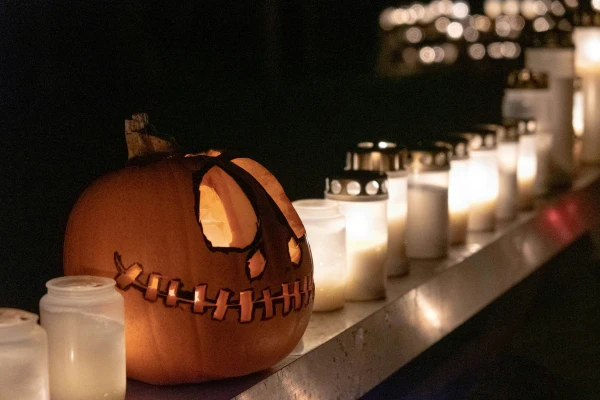
Today, on the eve of All Saints' Day, Halloween is celebrated in most English-speaking countries and in other parts of the world, writes LETA.
On Halloween, it is customary to dress up in masks, and one of the traditional elements is the pumpkin. Children and young people dress in funny or scary costumes, go door to door, scare their neighbors a little, and demand sweets, nuts, or other treats. If they are refused treats, those who are visited are properly scared.
Halloween is one of the oldest holidays, rooted in a millennia-old history and incorporating the traditions of many peoples.
In ancient times, the territories of present-day Great Britain and northern France were inhabited by Celts, who worshipped nature and various gods. The main deity was the Sun god, who determined not only the alternation of work and rest but also the times of fertility and the rest of the land. November 1, marking the end of the sunny season and the beginning of the cold time of year, was considered the beginning of the New Year.
On the night of November 1, druids lit large bonfires in sacred oak groves, and in the morning, they distributed embers to people so that every home would be warm and to protect against evil spirits. The celebration lasted three days, and people wore masks made of leaves, branches, straw, skins, bones, and animal horns.
In the following centuries, Christianity had a strong influence on Halloween. To eradicate pagan rituals, the church declared November 1 its holiday — All Saints' Day. However, Christianity did not manage to completely eliminate old customs, and eventually, all traditions merged into one.
Today in the USA, children go door to door demanding treats. This tradition flourished in the USA and was first described in the 1930s. Previously, on Halloween in America, it was customary to dress in various costumes, which often accompanied vandalism — damage to private property, harm to people and animals. The basis of the vandalism lay in other holidays brought to the USA by Irish immigrants. These holidays were similar to April Fool's Day, when it was permissible to play pranks and joke around, explaining everything as the mischief of elves.
Around 1920, it was decided to put an end to such destructive antics, and the problem was addressed by using children — they were sent to homeowners and shopkeepers who gave them sweets, thus preventing gatherings of hooligans. This is how the tradition was born, which has reached our days.
The eve of All Saints' Day is an event in which people share food and drinks with strangers.
The Latvians have a similar holiday — Martin's Day (St. Martin's Day, November 10), symbolizing harvest and fertility, the end of the active period and the beginning of a quiet time in nature. From this day, various processions and masquerades begin.
In Slavic tradition, Halloween is called Veles Night (in honor of the pagan god Veles). However, despite wearing masks, this holiday was preferred to be celebrated quietly rather than loudly, so as not to attract spirits from the afterlife.



